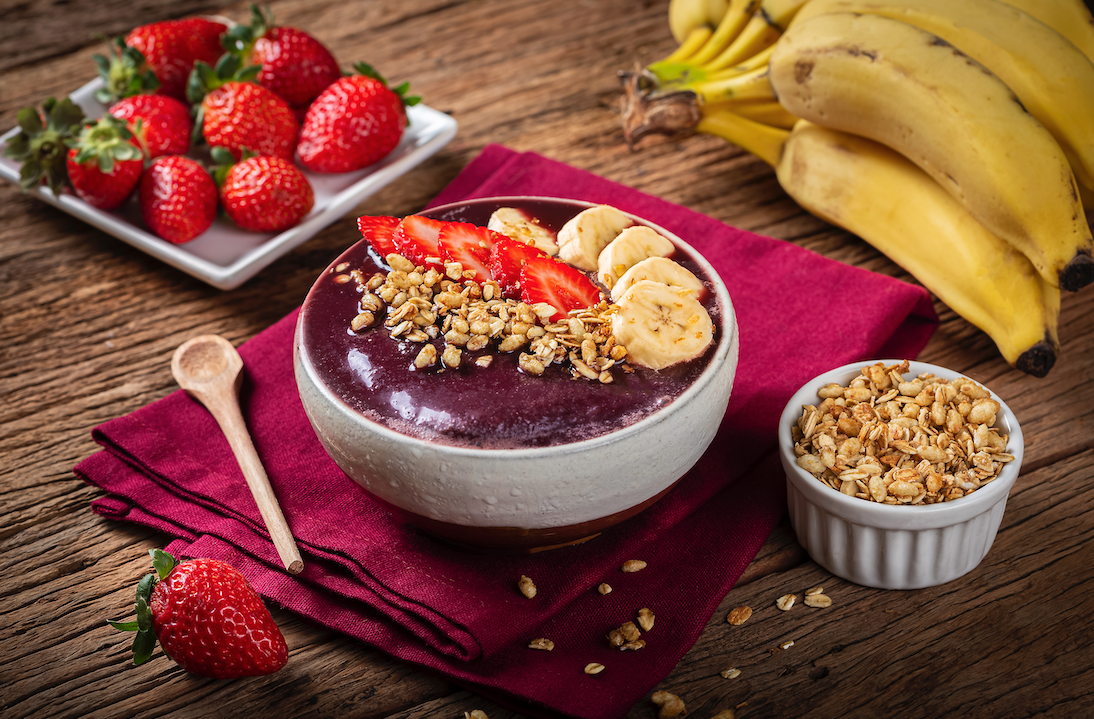
Bitter Orange
Bitter Orange usually have a thick, dimpled, deep-orange colored peel, and it’s different than the sweet orange. It originates from Southeast Asia, and has been used in traditional Chinese medicine for indigestion, nausea, and constipation. There are 23 cultivars of the fruit.
Usage
In recent years, many different bitter orange products are marketed for heartburn, mild respiratory infections, appetite suppression, and athletic performance.
Weight Loss
Bitter orange show potential for weight loss, but there’s limited evidence on their effectiveness.
Skin and athlete’s foot
Applying bitter orange oil to the skin may help with ringworm, jock itch, and athlete’s foot infections.

Ancient Herbal Therapy
Bitter orange is recognized for its properties in different traditions. Mexico and South American folk use bitter orange tonic as a laxative, for better sleep, stomach aches, and hypertension.
In Europe, it is in use for digestive issues, insomnia, and palpitations, and the bitter orange peel as an antispasmodic.
In traditional Chinese medicine, the fruit is used to cure indigestion and related issues. Together with lavender, bitter orange continues to be widely used for insomnia in many parts of the world.
How to add bitter orange to your diet?
Add to meal
Bitter orange is used in cooking and for adding flavor.
Supplement
The extract comes in the form of a liquid extract, capsule, and powder.
Bitter orange has a specific phytochemical content that can potentially lead to weight loss.
Bitter orange originates from Southeast Asia.
Bitter orange has a specific phytochemical content that can potentially lead to weight loss.
The tree is cultivated in Spain, Italy, and North America.
Usage
Bitter orange is a citrus tree (Citrus × aurantium) that originates from Southeast Asia, but easy transport and other 21st century commodities made it globally available. It is believed that the hybridization occurred between mandarin oranges and pomelo. Many different variants have been described, all of them local and affiliated to a certain geographic area.
Science
Bitter orange is a citrus tree (Citrus × aurantium) that originates from Southeast Asia, but easy transport and other 21st century commodities made it globally available. It is believed that the hybridization occurred between mandarin oranges and pomelo. Many different variants have been described, all of them local and affiliated to a certain geographic area.
Safety
Oral consumption of bitter orange is considered safe when taken in the amounts found in food. But bitter orange should be taken with precaution when taken in larger amounts used as medicine. Bitter orange combined with stimulants (caffeine, for example), can increase the risk for hypertension, heart attack, or stroke.
There are reports that overusing bitter orange can lead to migraines in some people. Sensitive individuals, pregnant or breastfeeding women as well as the elderly and children should consult medical experts when considering using bitter orange.
-
Bitter orange is a citrus tree (Citrus × aurantium) that originates from Southeast Asia, but easy transport and other 21st century commodities made it globally available. It is believed that the hybridization occurred between mandarin oranges and pomelo. Many different variants have been described, all of them local and affiliated to a certain geographic area.
-
c
-
Oral consumption of bitter orange is considered safe when taken in the amounts found in food. But bitter orange should be taken with precaution when taken in larger amounts used as medicine. Bitter orange combined with stimulants (caffeine, for example), can increase the risk for hypertension, heart attack, or stroke.
There are reports that overusing bitter orange can lead to migraines in some people. Sensitive individuals, pregnant or breastfeeding women as well as the elderly and children should consult medical experts when considering using bitter orange.
Fun Facts
The variant that grows on the Caribbean island of Curaçao and dried peels are used in the creation of the famous Curaçao liqueur.
-
Stohs, S. J., Preuss, H. G., & Shara, M. (2011). The safety of Citrus aurantium (bitter orange) and its primary protoalkaloid p‐synephrine. Phytotherapy Research, 25(10), 1421-1428.
Vandebroek, I., & Balick, M. J. (2014). Lime for chest congestion, bitter orange for diabetes: foods as medicines in the Dominican community in New York City. Economic Botany, 68(2), 177-189.



